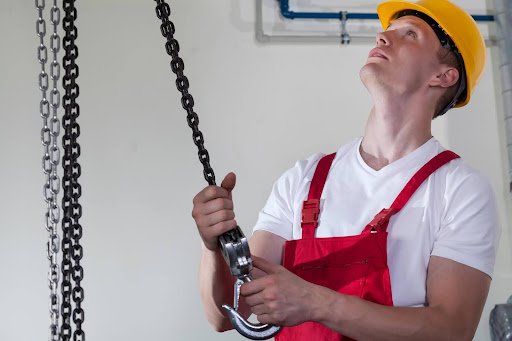
Have you ever stopped to think about how safe your workplace really is? Safety often gets overlooked until something goes wrong. But by then, it’s too late. A strong safety culture doesn’t happen by accident.
In this blog post, you’ll learn how to create a safety-first culture in your workplace. From simple strategies to long-term habits, this guide will show you how to keep your team safe and engaged every day. Let’s get started.
Why Safety Must Come First
It is a way of thinking and acting that puts people first. When workers feel safe, they can focus better and do their jobs well.
A safety-first culture lowers injury risks, builds trust, and helps the business grow stronger. Companies that make safety a top goal often see fewer accidents, better teamwork, and higher job satisfaction.
Leadership Sets The Tone
Leaders play a big role in building a safety-first culture. It’s not enough to just talk about safety-leaders need to show it through their actions.
This means following safety rules, checking for hazards, and listening to team concerns. Workers feel more confident when they know their leaders have their backs. A leader who takes time to check safety measures sends a clear message that every life matters.
Make Safety Part Of Daily Work
Safety should be built into the workday, not added as an afterthought. Every job has risks, but planning ahead helps avoid them. It’s helpful to talk about safety before starting a task.
Safety equipment should always be easy to find and in good condition. When safety becomes part of the daily routine, people are less likely to ignore it. This keeps everyone safer and reduces the chances of accidents.
Keep Training Real And Useful
One key to a safe workplace is giving people the tools they need to protect themselves and others. That’s why employee safety training in the workplace matters so much. Training should be clear, hands-on, and updated often.
Workers need to know what to do in real situations, not just read from a manual. It helps when training includes real examples and simple language. When people understand the “why” behind rules, they are more likely to follow them.
Encourage People To Speak Up
A strong safety culture depends on open communication. Workers should feel safe to point out risks or offer ideas to improve safety. If people are afraid to speak up, small problems can grow into serious ones.
Building trust takes time, but it starts by listening. Managers should thank workers who bring up concerns instead of ignoring them. This helps create a team that looks out for one another.
Make Safety A Shared Responsibility
Safety is not just the job of the safety officer or manager. It belongs to everyone. When workers take part in safety efforts, they feel more involved and take more pride in their work. This can mean helping with safety checks, joining safety talks, or giving feedback.
Teams that work together on safety tend to solve problems faster and create better solutions. A shared effort builds a stronger culture where safety becomes second nature.
Build A Safer Workplace
Creating a safety-first culture doesn’t happen overnight, but every step forward makes a difference. With strong leadership, real training, and a team that works together, your workplace can be both safe and productive. Remember, safety is not a one-time task-it’s a habit that must grow every day.
Protecting people is always worth the time and effort. Did this guide help you? Browse the rest of this section for more advice on a variety of topics.




